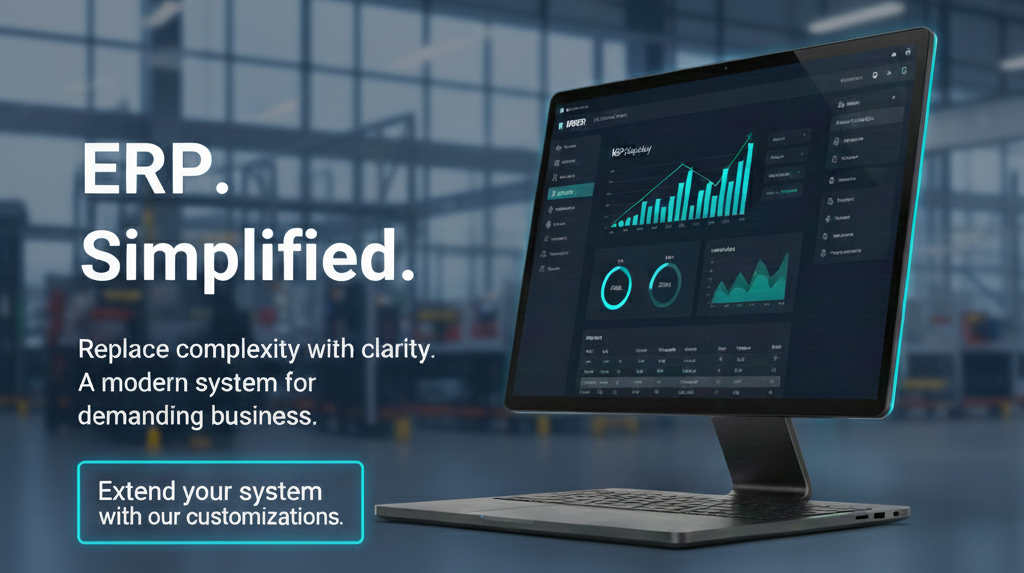Many organizations believe that mastering AI or prompt engineering will instantly deliver a competitive edge. However, the harsh reality is that true transformation depends on the quality of your ...
Discover how to transform your procurement processes in IFS Cloud using Data Mesh principles. This guide provides a detailed, step-by-step approach to defining procurement as a data domain, ...










